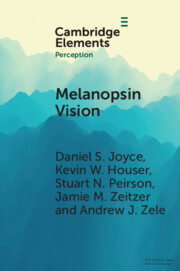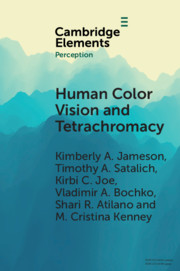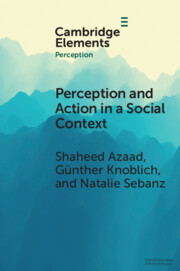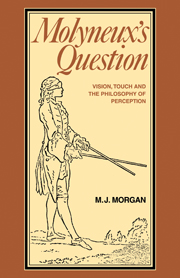Melanopsin Vision
Intrinsically photosensitive retinal ganglion cells (ipRGCs) are the most recently discovered photoreceptor class in the human retina. This Element integrates new knowledge and perspectives from visual neuroscience, psychology, sleep science and architecture to discuss how melanopsin-mediated ipRGC functions can be measured and their circuits manipulated. It reveals contemporary and emerging lighting technologies as powerful tools to set mind, brain and behaviour.
Product details
January 2023Paperback
9781009014878
75 pages
230 × 154 × 5 mm
0.15kg
Available
Table of Contents
- 1. Introduction
- 2. Evidence for the non-image forming pathways and novel retinal photoreceptors
- 3. Intrinsically photosensitive retinal ganglion cells (ipRGCs)
- 4. Methodological considerations for the experimental control of photoreception in humans
- 5. The pupil as a measure of non-image forming vision
- 6. Melanopsin-driven light adaptation modulates rod- and cone-mediated functions
- 7. Spatio-temporal response properties of melanopsin photoreception
- 8. Melanopsin expressing ipRGCs drive an independent dimension of conscious visual perception in humans
- 9. Circadian rhythms and ipRGCs
- 10. The non-image forming pathways set arousal and cognition
- 11. Harnessing light in the built environment
- 12. Future directions, unknowns, and conclusions
- References.






